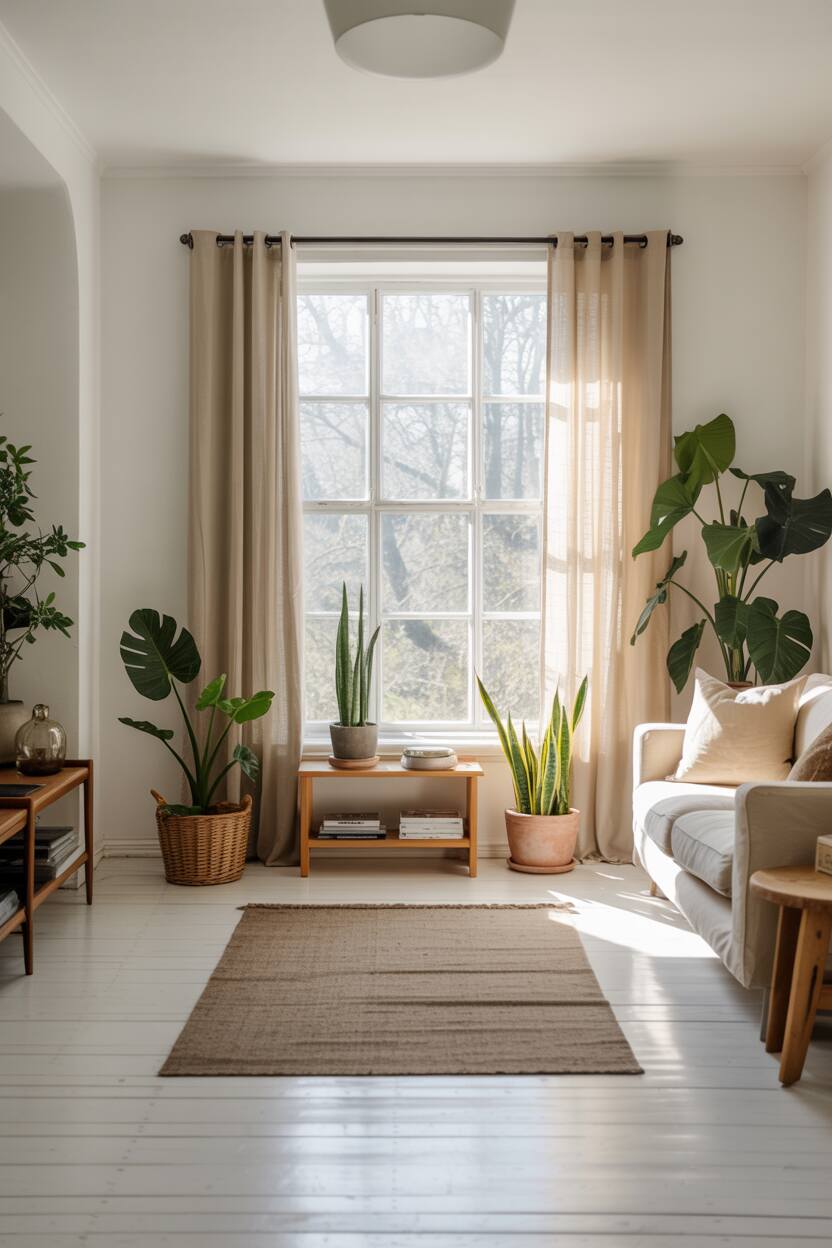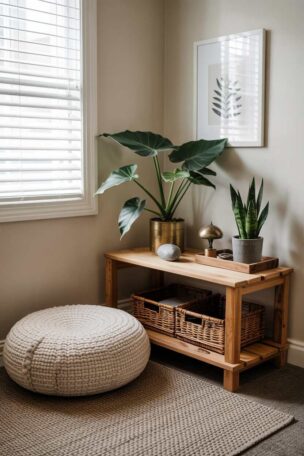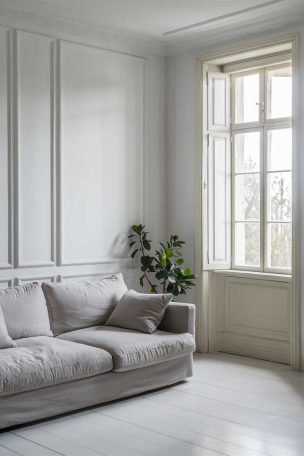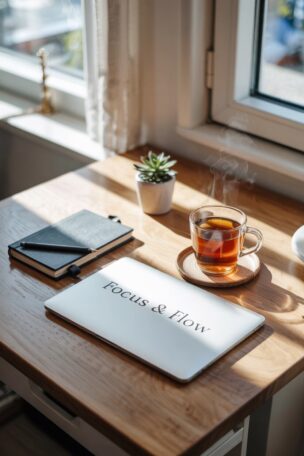Living with less can bring more joy into your life.
Practicing minimalism goes beyond clean lines and empty spaces—it’s a thoughtful way of living that focuses on what truly adds value.
From daily habits to long-term changes, this guide will show you how to practice minimalism in ways that work for your real life.
Getting Started with Minimalist Thinking
The first step to practicing minimalism happens in your mind.
Before any cleaning or giving away begins, think about what you truly want from your home and life.
Appreciating What You Have
Start your day by noticing what you already own that brings you joy.
Taking just a few minutes each morning to think about things you’re thankful for can change how you view what you have.
Try this: Keep a small notebook by your bed and write down three things you already have that make your life better. This shifts your thoughts away from buying more.
Learning When to Say No
A key part of how to practice minimalism is saying “no”—both to yourself and others.
This means pausing before buying something new, even when you think you “need” it.
Try this: Next time you want to buy something, ask: “Will this truly make my life better a month from now?” If not, it might be worth skipping.
Quality Over Quantity
Look for items that last longer and work better, rather than buying many cheap things. Having fewer, better items often leads to less waste and more enjoyment.
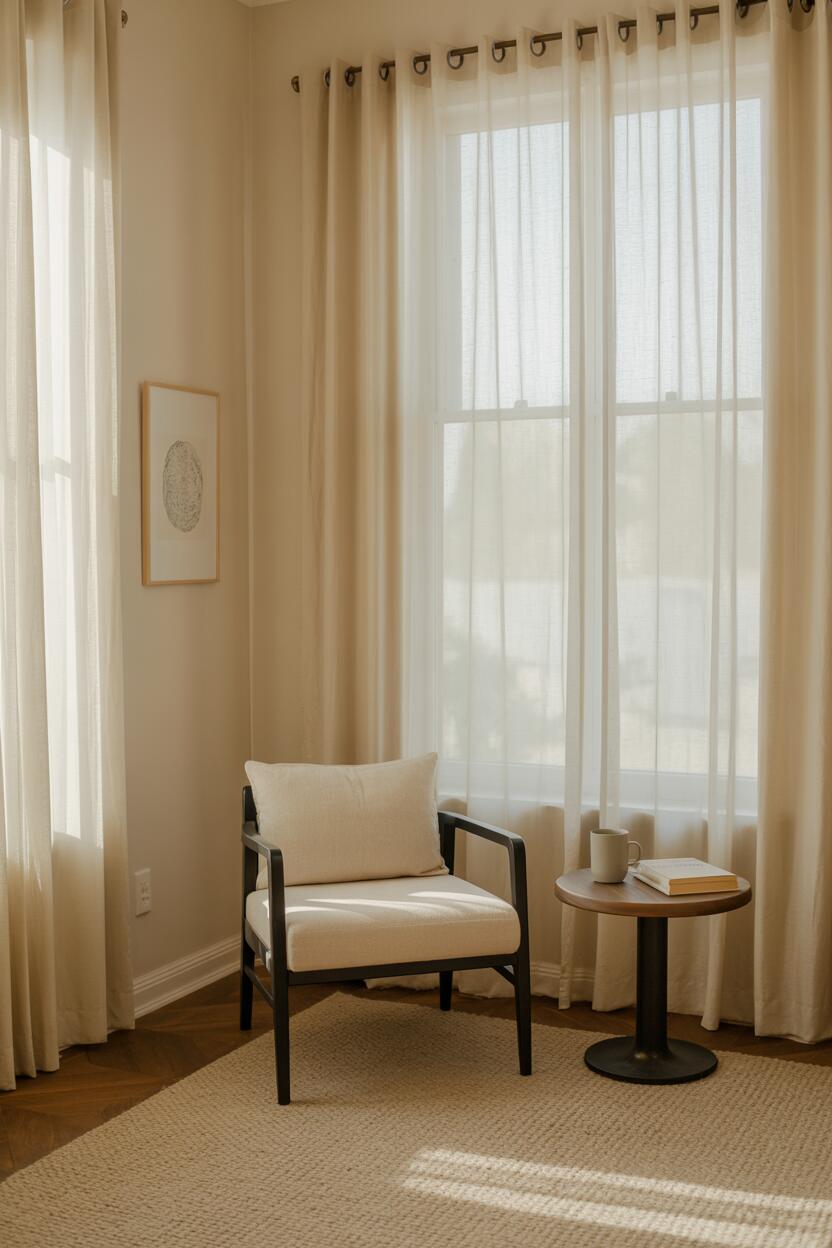
Small Daily Habits for Big Results
Small actions, done regularly, create big changes over time. These daily practices make minimalism manageable.
Ten-Minute Tidying
Set a timer for just 10 minutes each day to clean one small area.
This might be a drawer, a shelf, or your desk. The key is to clean a little bit often rather than waiting until you need a whole weekend to do so.
Try this: Pick the same time each day for your 10-minute session, right after breakfast or before bed, to build a habit.
Making Thoughtful Buying Decisions
Before bringing anything new home, pause and think. Do you really need this item? Where will you keep it? Will you use it often?
The Waiting Period
When you want something, wait at least 24 hours before buying it.
For bigger purchases, try waiting a week.
Often, the urge to buy passes, and you realize you don’t actually need the item.
One-In-One-Out
For each new thing that comes into your home, let one thing go.
This creates a natural limit to how much you own and makes you think twice about new purchases.
Limiting Digital Noise
Reduce time on devices to cut down on both mental clutter and exposure to ads.
Try setting specific times to check email and social media rather than looking throughout the day.
Room-by-Room Simplification
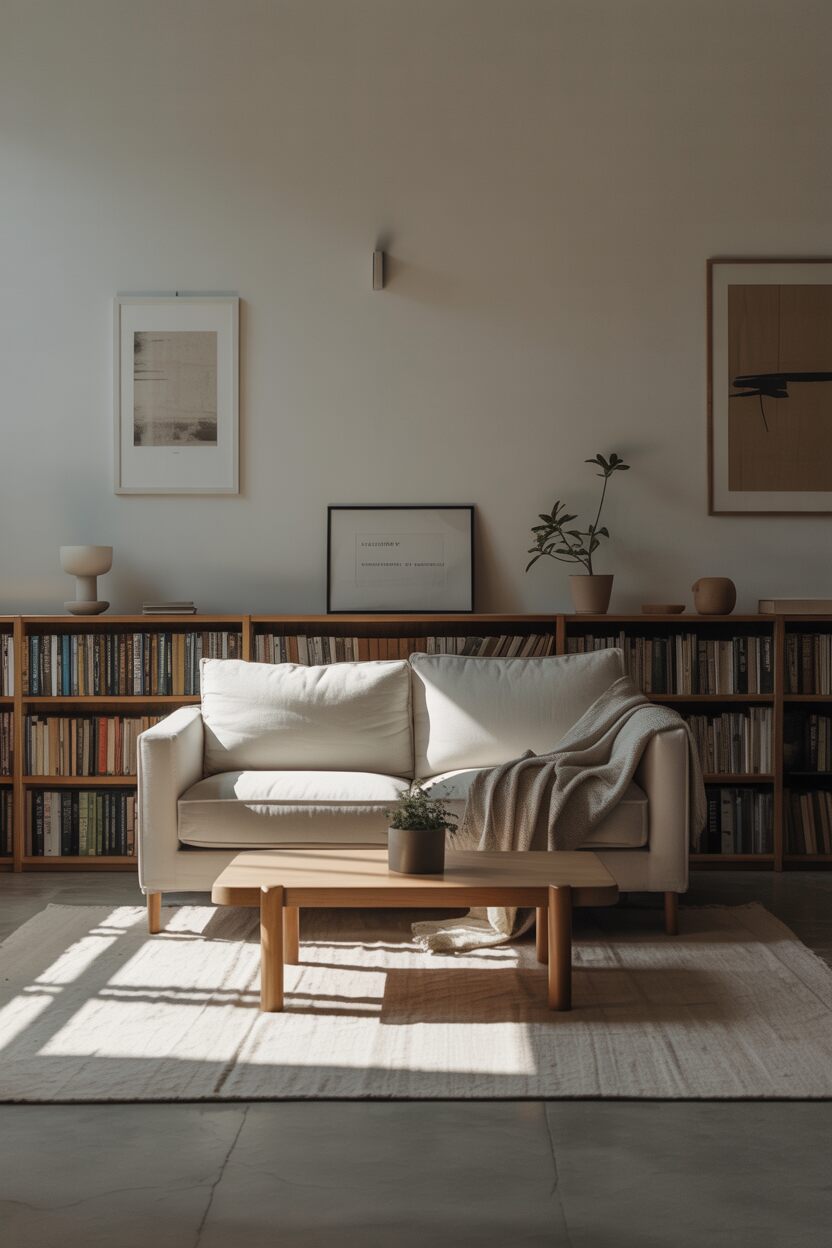
Each area of your home has different needs when practicing minimalism.
Here’s how to approach each space.
Kitchen Basics
Keep only the tools you use weekly on your counters.
Store or give away single-use gadgets that take up space but are rarely seen in use.
Try this: Empty one kitchen drawer completely. Only put back items you’ve used in the past month. Box up the rest and see if you miss them.
Living Room Breathing Space
Allow for empty spaces in your living areas.
Not every shelf needs to be full, and not every wall needs something hanging on it.
These open areas give your eyes and mind a place to rest.
Bedroom Calm
Make your bedroom a place for rest by limiting what you keep there.
Remove work materials, electronics, and anything that doesn’t help with sleep or getting dressed.
Bathroom Simplicity
Finish products before buying replacements.
Keep only what you use daily within easy reach, and store or give away the rest.
Creating a Practical Wardrobe
Clothes often take up more space and money than we realize.
Here’s how to practice minimalism with your wardrobe.
Building with Versatile Pieces
Choose clothes that can be worn in multiple ways and with many other items.
This might mean selecting solid colors over patterns or classic cuts over trendy styles.
Color Coordination
Stick to a few colors that work well together.
This makes mixing and matching easier and reduces the total number of clothes you need.
Try this: Pick 2-3 base colors and 1-2 accent colors for your wardrobe. When shopping, only buy items that fit this color scheme.
The 10×10 Challenge
Try wearing just 10 items for 10 days, mixing and matching to create different outfits.
This shows you how few clothes you actually need and which pieces work hardest for you.
Organizing for Visibility
Arrange your clothes so you can see everything you own.
This might mean folding in a way that shows all your shirts at once or using slim hangers to fit more in your view.
Money and Minimalism
How you handle money directly affects your ability to live minimally.
These practices help align your finances with your values.
Automating Basic Tasks
Set up automatic payments for regular bills and transfers to savings.
This reduces mental clutter and helps you spend only what remains.
Experiences Over Things
Put money toward activities and time with loved ones rather than physical items.
These create memories without adding to household clutter.
Try this: Set aside a small “fun fund” each month specifically for experiences rather than objects.
Building Financial Security
Having an emergency fund reduces worry and the feeling that you need to keep buying things “just in case.”
Start small to save one month’s expenses, then build from there.
Tracking Spending Mindfully
Know where your money goes by checking your accounts weekly.
Look for patterns of buying that don’t align with your values.
Managing Your Day Minimally
Minimalism extends beyond physical items to how you spend your time and mental energy.
Focusing on Three Main Tasks
Rather than making endless to-do lists, pick your top three priorities each day.
Complete these before moving on to less critical tasks.
Try this: Write tomorrow’s top three tasks before bed each night, so you wake up with clarity about what matters most.
Reducing Mental Clutter
Practice letting go of worries about things you can’t control.
Write down concerns to get them out of your head, then focus on what you can change.
End-of-Day Reflection
Take five minutes before bed to think about what went well today.
Note three “wins,” no matter how small, to train your brain to notice progress.
Creating Breathing Room
Don’t schedule every minute of your day.
Allow buffer time between activities for rest, thought, or simply dealing with the unexpected.
Staying Motivated Long-Term
Keeping up with minimalist practices takes ongoing attention, especially in a world that constantly encourages buying more.
Questioning Marketing Messages
When you see ads, ask yourself what “problem” they claim to solve and whether it’s really a problem at all.
This makes you less likely to buy things you don’t need.
Trying No-Spend Challenges
Set a specific period—a week, a month, or even longer—where you buy only absolute necessities.
This breaks shopping habits and shows what you can live without.
Try this: Choose one category (clothes, home decor, books) and commit to not buying anything in that category for 30 days.
Living Without Temporarily
If you’re unsure about giving something away, box it up and put it out of sight for a month.
If you don’t miss it or even remember what’s in the box, you can let it go with confidence.
Giving Rather Than Getting
Find joy in passing items on to people who can use them more than you.
This creates a positive feeling about having less rather than a sense of loss.
Common Mistakes to Avoid
Watch out for these pitfalls when practicing minimalism.
Moving Too Quickly
Trying to change everything at once often leads to burnout or regret.
Start with small areas and build gradually to sustainable habits.
Comparing Your Journey
Your version of minimalism might look different from what you see online or in magazines.
What matters is that it works for your life and values.
Try this: Define what “enough” means for you in different categories, rather than aiming for a specific number of items.
Disposing Carelessly
Avoid simply throwing things away.
Look for ways to sell, donate, recycle, or repurpose items so they don’t end up in landfills.
Mistaking Minimalism for Deprivation
Minimalism isn’t about living with as little as possible or giving up things you truly love.
It’s about making room for what brings you joy by letting go of what doesn’t.
Finding Balance with Family and Social Life
Practicing minimalism with others requires flexibility and respect.
Respecting Different Comfort Levels
Accept that family members might not share your exact vision.
Focus on your items and spaces while allowing others their process.
Leading by Example
Show the benefits of minimalism through your actions rather than trying to convince others with words.
Let them notice how your spaces and mood improve.
Try this: Create one minimalist area that shows how good it feels, like a clutter-free entryway or dining table.
Communicating Your “Why”
Share your reasons for wanting less stuff—perhaps to reduce stress or have more time together—rather than just asking others to get rid of things.
Creating Space for What Matters
Use the time and energy saved through minimalism to connect with loved ones.
This shows that the goal isn’t just having less, but making room for more meaningful activities.
Conclusion
Practicing minimalism isn’t about following strict rules or living with nothing. It’s about making room for what truly matters to you by letting go of what doesn’t.
Start with small steps like daily decluttering sessions or mindful purchasing habits.
Give yourself time to adjust and find your version of “enough.”
Remember that minimalism looks different for everyone.
The goal isn’t a specific look or number of possessions, but a life with less stress and more joy.
As you continue your journey toward minimalism, focus on progress rather than perfection, and watch how having less can give you more—more time, more peace, and more appreciation for what you choose to keep.
By practicing these minimalist habits regularly, you’ll gradually create a home and life that feels both lighter and fuller, with less stuff but more of what truly matters.

